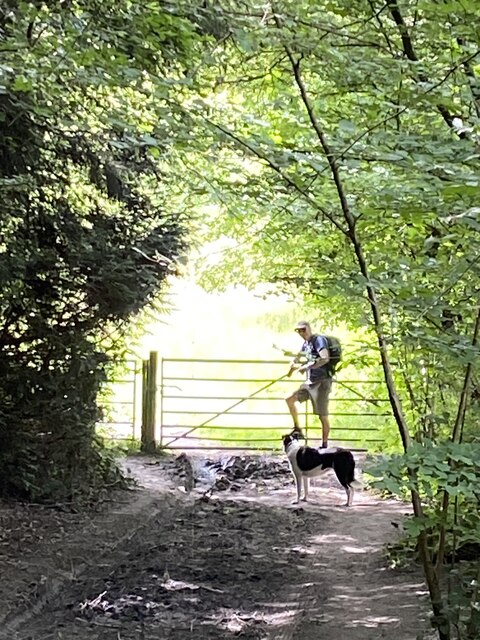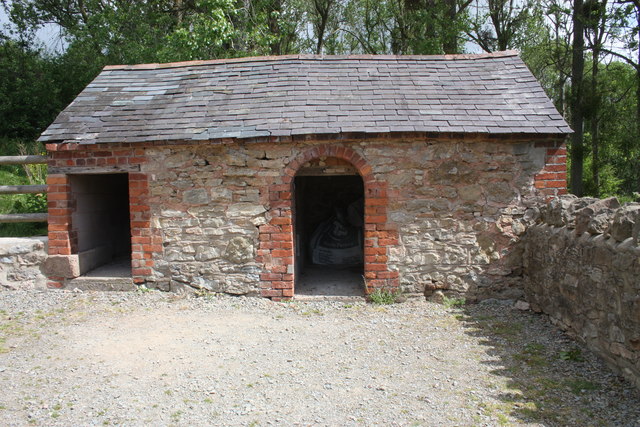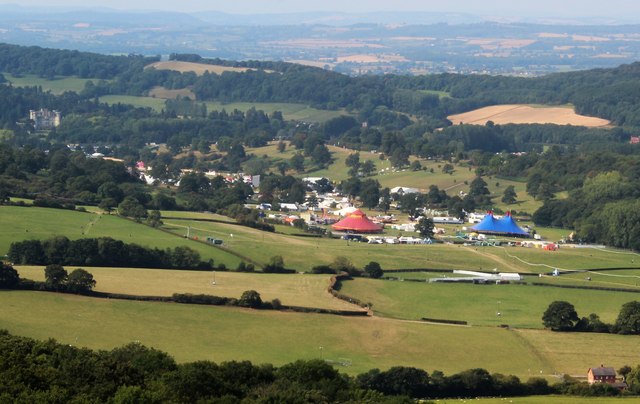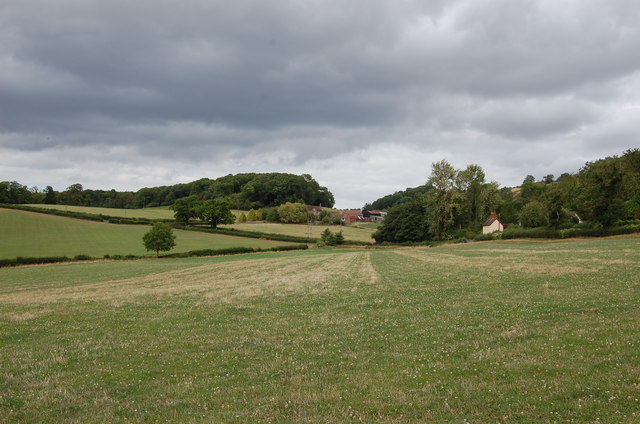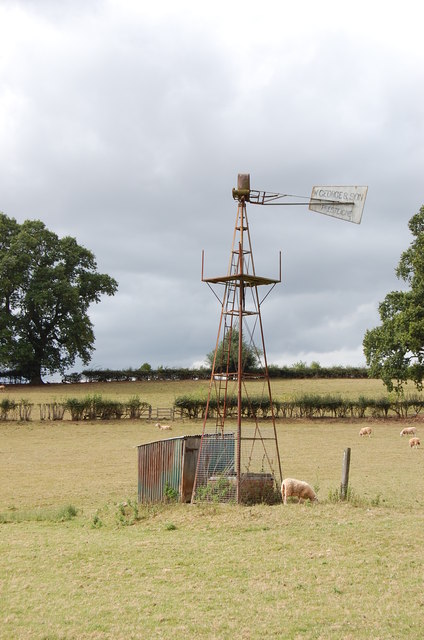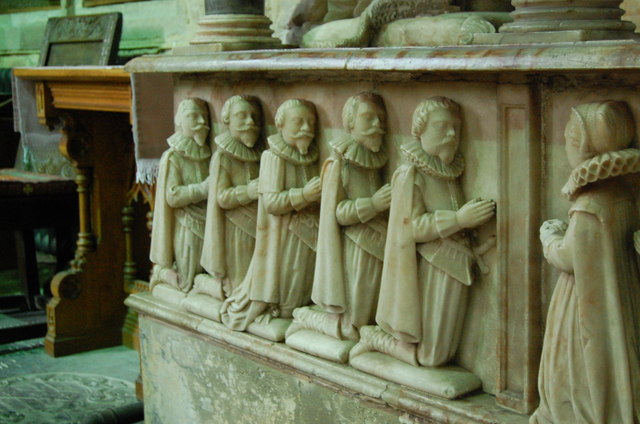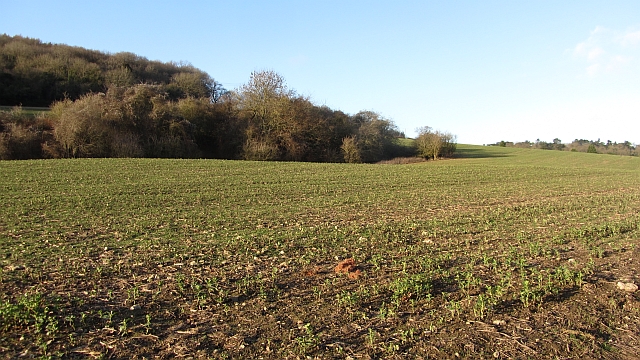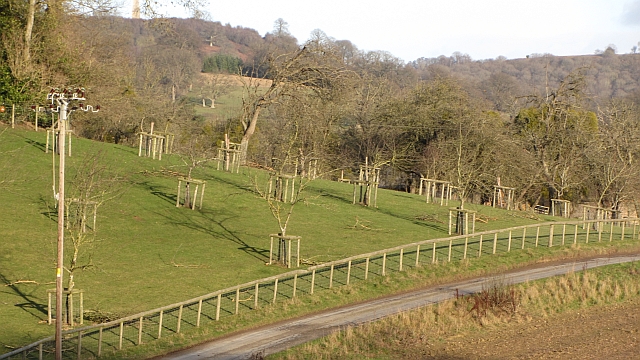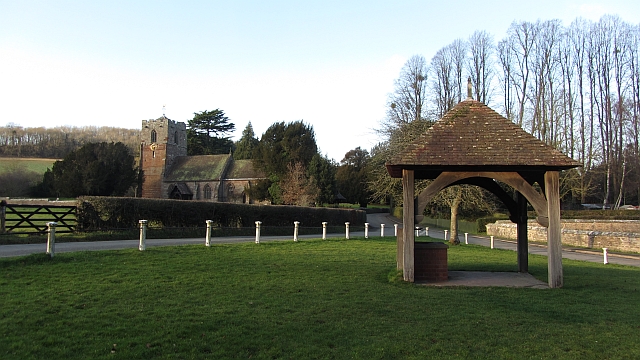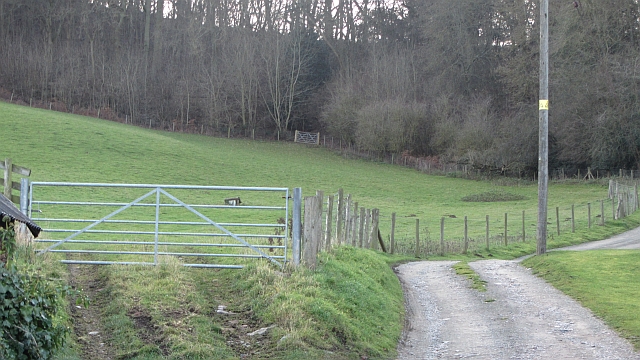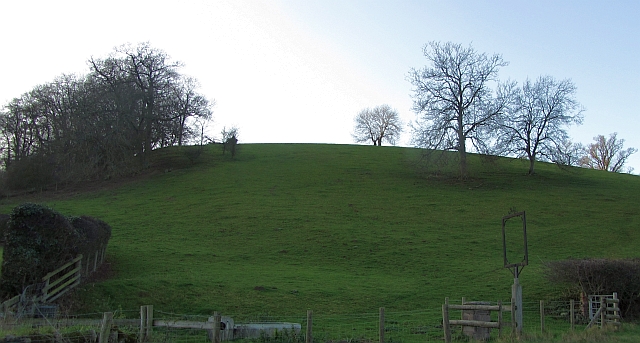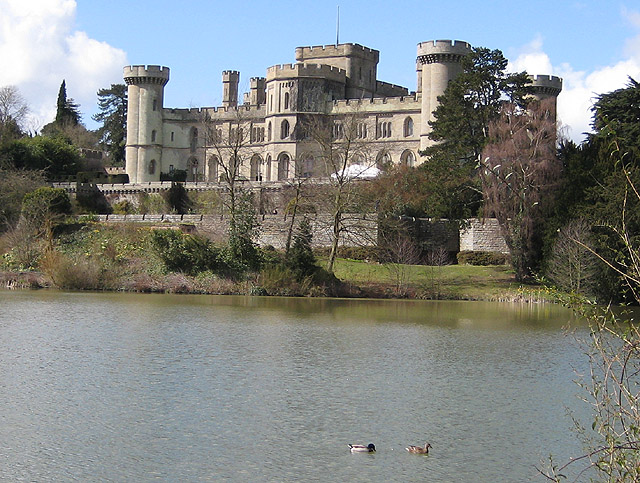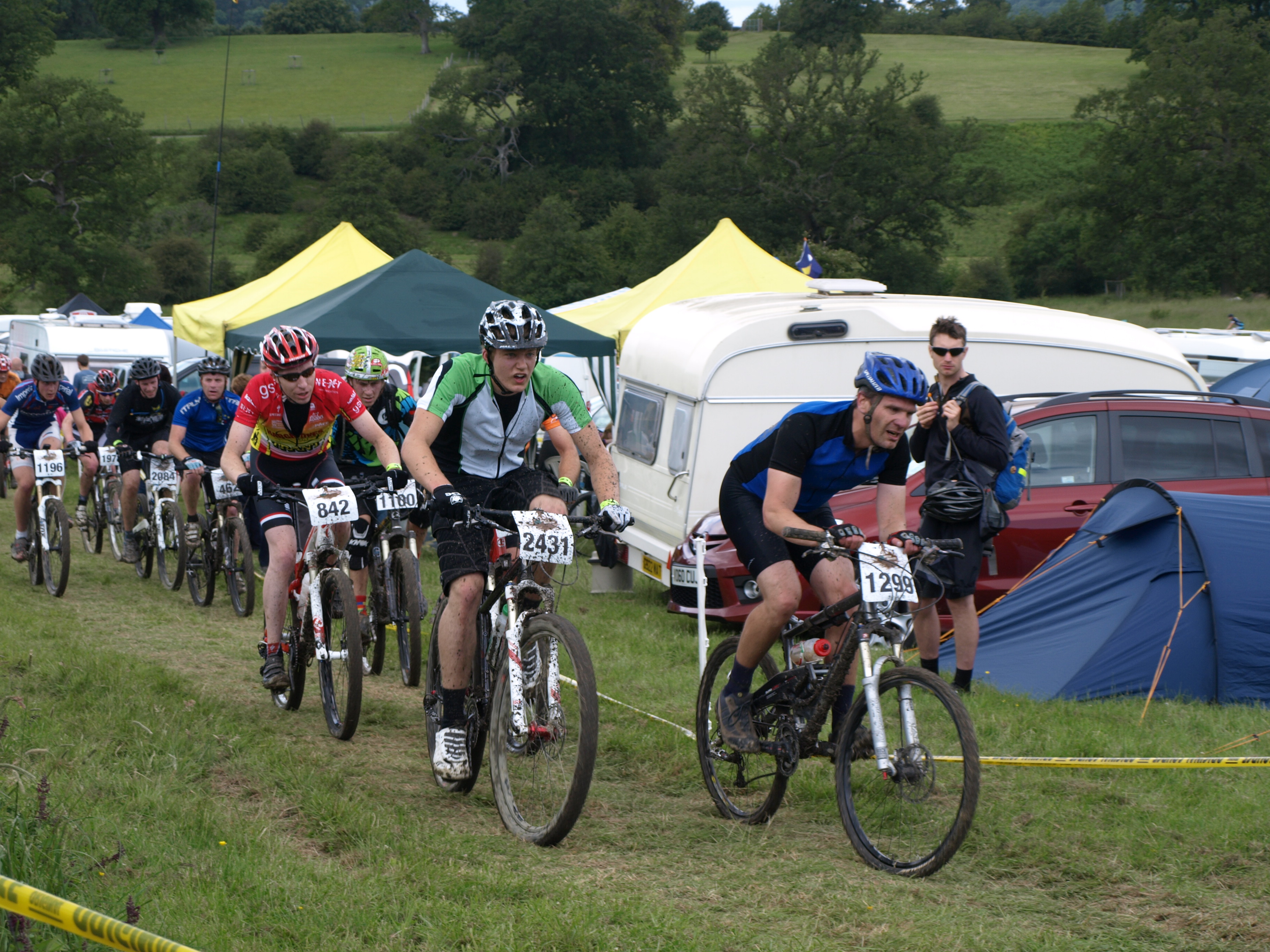Eastnor
Settlement in Herefordshire
England
Eastnor
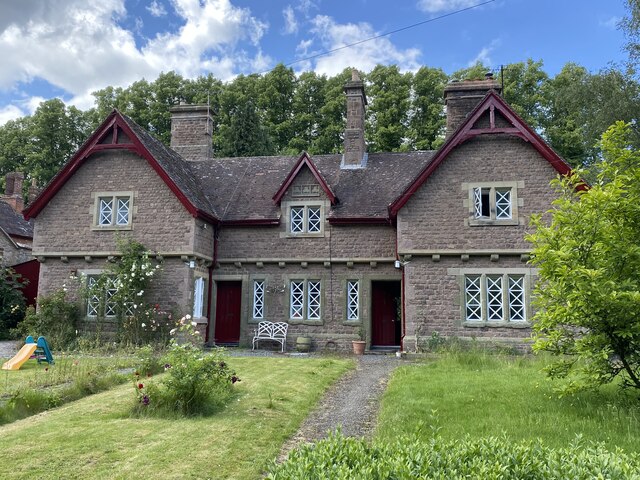
Eastnor is a charming village located in the county of Herefordshire, England. Nestled within the stunning Malvern Hills, it is surrounded by breathtaking natural beauty, making it an ideal destination for nature lovers and outdoor enthusiasts. The village is situated approximately 4 miles east of the town of Ledbury and is easily accessible by road.
The heart of Eastnor is dominated by Eastnor Castle, a magnificent 19th-century mansion that stands as a prominent landmark in the area. The castle is surrounded by a sprawling estate comprising picturesque gardens, a deer park, and a lake, all of which add to the village's allure.
The village itself exudes a tranquil atmosphere, with its quaint cottages and historic buildings, such as the 12th-century St. John the Baptist Church. There is also a friendly local community and a handful of amenities, including a village hall, a primary school, and a few shops and pubs.
Eastnor is a popular destination for outdoor activities, offering a range of walking and cycling trails that allow visitors to explore the surrounding countryside. The Malvern Hills, with their scenic views and diverse flora and fauna, are a major draw for hikers and nature enthusiasts.
Overall, Eastnor provides a serene escape from the hustle and bustle of city life, offering visitors a chance to immerse themselves in the beauty of the Herefordshire countryside and experience the rich history and charm of a quintessential English village.
If you have any feedback on the listing, please let us know in the comments section below.
Eastnor Images
Images are sourced within 2km of 52.031826/-2.3921629 or Grid Reference SO7337. Thanks to Geograph Open Source API. All images are credited.
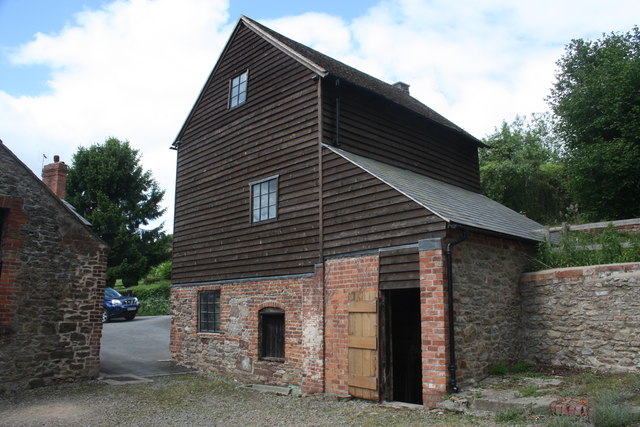
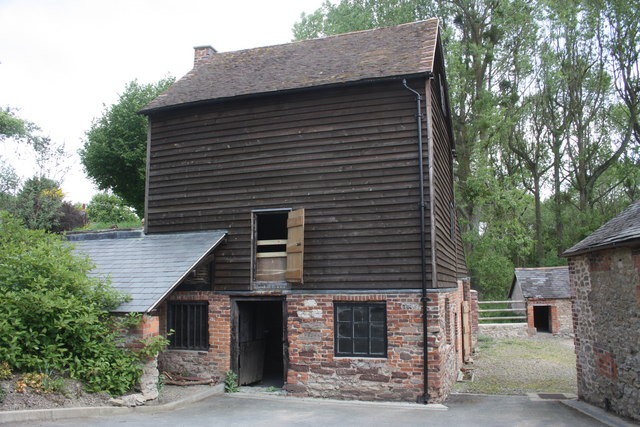
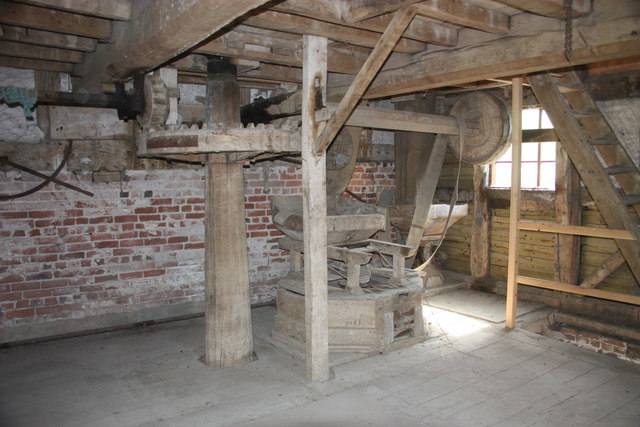
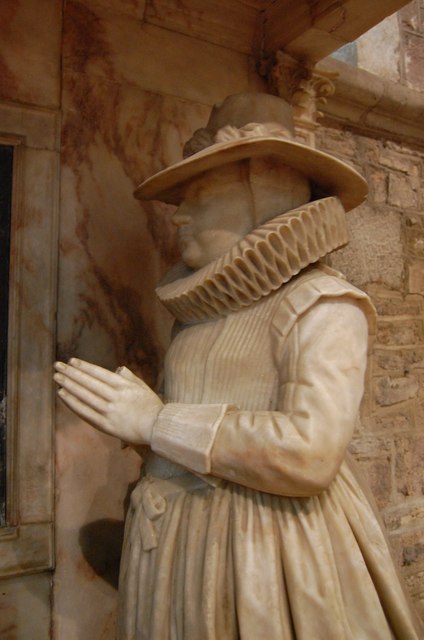
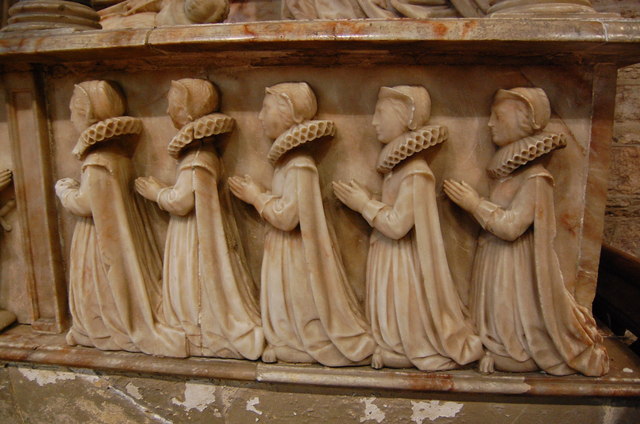
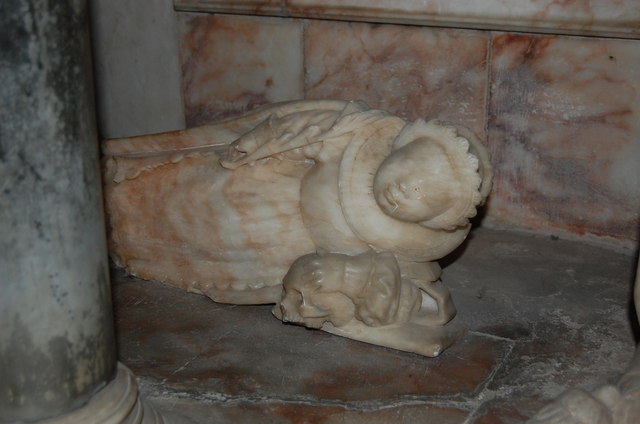
Eastnor is located at Grid Ref: SO7337 (Lat: 52.031826, Lng: -2.3921629)
Unitary Authority: County of Herefordshire
Police Authority: West Mercia
What 3 Words
///arranged.sketch.crackling. Near Ledbury, Herefordshire
Nearby Locations
Related Wikis
Church of St John the Baptist, Eastnor
The Church of St John the Baptist is a Church of England parish church at Eastnor in the English county of Herefordshire. Of 12th century origins, the...
Eastnor, Herefordshire
Eastnor is a village in Herefordshire, England, 2 mi (3 km) east of Ledbury and the same distance from the tripoint of the county with Worcestershire...
Eastnor Castle
Eastnor Castle, Eastnor, Herefordshire, is a 19th-century mock castle. Eastnor was built for John Cocks, 1st Earl Somers, who employed Robert Smirke, later...
Mountain Mayhem
Mountain Mayhem is a 24-hour mountain bike race held in the UK. It has been held annually since 1998 and usually occurs on the weekend nearest to midsummer...
Nearby Amenities
Located within 500m of 52.031826,-2.3921629Have you been to Eastnor?
Leave your review of Eastnor below (or comments, questions and feedback).
